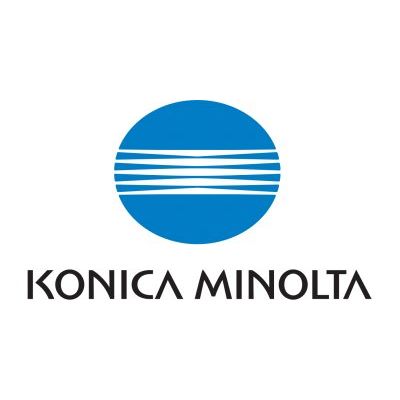

- Home
- Companies
- Konica Minolta Sensing
- Applications
- High-resolution Imaging Systems for ...

High-resolution Imaging Systems for Phenotyping - Agriculture
Validation and accuracy of phenotyping information is crucial for plant research and crop improvement. Conventional phenotypic analysis in plant relies on the assessment and characterization of vegetation constitution mainly with manual observations. But visual assessment and manual measurements can be subjective, prone to human bias, time-consuming and labour-intensive, leading to variations in interpretations and being impractical for large-scale. Due to the subjectivity in data collection, reproducibility is limited and capturing dynamic changes in plant attributes over time is hindered. In addition, harvesting and analysing leave or root samples require to sacrifice the plant. Destructive sampling limits the ability to monitor plant development continuously.
Phenotyping for complex traits like physiological processes or genetic types may be challenging to measure accurately using conventional approaches. The full spectrum of plant characteristics relevant to a particular study may not be captured.
To address these problems, there has been a growing interest in the development and adoption of advanced phenotyping technologies, such as high-throughput phenotyping platforms, sensor-based monitoring systems, high-resolution imaging systems, robotic and machine learning. These technologies aim to overcome the limitations of conventional methods by providing more objective, scalable, and high-resolution phenotyping information, facilitating more efficient plant breeding, crop management, and research endeavours.
How does phenotyping techniques influence on precision agriculture?
Advanced phenotyping technology is particularly valuable in plant breeding programs, genetic studies, and plant research, where large populations need to be screened for various attributes. It allows researchers to capture detailed phenotypic data on a large number of vegetation or organisms in a relatively short time, providing insights into trait variations, genetic associations, and environmental interactions. Measuring and quantifying various phenotypic traits in plants accurately and consistently across large population is one of the challenges in field phenotyping. The selection of relevant phenotypic traits such as plant morphology, shape, colour, biomass, physiological responses to the environment, growth dynamics, stress responses, yield-related parameters will provide valuable parameters for precision agriculture.
The integration of remote sensing and phenotyping data is covered by hyperspectral imaging (HSI) technology, capturing valuable parameters accurate and in real-time. When choosing HSI system, the correct wavelength range area needs to be selected depending on the characterization of the plant. The physical, chemical, and biological characteristics of a vegetation is affected by how the light is reflected, absorbed, or transmitted.
- Visible light (VIS) region (400 – 700 nm) wavelength ranges: information on leaf pigmentation like chlorophyll or carotenoids;
- Near-infrared (NIR) region (700 – 1,000 nm): changes in plant cell structure to detect plant stress, change measurement in leaf pigmentation;
- Short-wave infrared (SWIR) region (1,000 – 2,500 nm): information about water and protein content of the plant.
Challenges in high-throughput phenotyping impact on cost, technical complexities, standardization of protocols, and the need for specialized expertise. This is where the new HSI camera Specim IQ is a game changer to drive the adoption and refinement of advanced phenotyping in plant science and related fields. Specim IQ combine simplicity, high performance, and versatility. Less expensive, mobile with data memory, simple operation with minimal user input, similar to a digital camera, HSI is made simple for researchers, breeders, agronomists, and agricultural experts. A comprehensive camera based on push-broom (line scan) technology, the Specim IQ has an easy-to-use graphic interface with classification and visualization tools. It can provide quick measurement results and insights without the need for complex mathematics or extensive knowledge of HSI.Point at the target, define the measurement settings, record, and view.
- Identify key attributes for selection to accelerate breeding programs and production improvement with new varieties or hybrids with enhanced yield, disease resistance, tolerance to environmental stresses, and other desirable features
- Understand genetic mechanisms underlying complex constitution to quantify trait analysis and study genotype-phenotype associations
- Assess the impact of environmental factors on plant development and adaptation to improve productivity, sustainability, and food security
- Identify and develop risk management strategies, including the selection of resistant plant varieties or the development of targeted control measures
- Optimise resource use in precision agriculture to improve yield prediction, adjust inputs, and maximise productivity while minimizing environmental impact
- Develop nutritious and high-quality food by evaluating nutritional composition and improve agronomic research on yield management practices such as irrigation, fertilization, and crop rotation
